By Susan Basterfield for Enlivening Edge
Technology has allowed many like me, who have felt alone and “the odd one in the corner” for most of our careers (if not lives,) to find our tribe. Whether we live in a big city/country or in a relatively progressive small island in the South Pacific (like me, in New Zealand,) it’s difficult to walk down the street, or look into the eyes of your work colleagues, and see through the masks to really understand what people are about – what they think, what means something to them, how they feel, and what motivates them.
The Internet allowed me the safety to re-awaken wholeness – to show and explore and bring all of who I am out to play, as when I was a child. We’ve all to some extent lost that, and understand how it feels when one by one the facets of ourselves are unappreciated, de-valued, and sometimes ridiculed. The masks that we wear to protect ourselves stay firmly in place.
As Frederic Laloux discusses in his post at Leadership & Change:
“The masculine is appreciated; it means resolve, determination, being clear, looking forward and not backwards. The feminine entails: questioning, vulnerability, caring, nurturing. At work, we show up in our masculine outfit.
So, we end up showing this very narrow rational masculine ego side of ourselves only. When that is the case, we show up with 1/16th of our energy and passion.”
The 1/16th masculine rational (synonymous with ‘professionalism’) that’s left simply isn’t enough.
We experience frustration when the other core parts of ourselves are not welcome – not just for their playfulness or feminine expression, but denying their creativity or problem-solving capability. It’s only natural that we might start to regard those parts of ourselves as ‘not normal’ – mainly because everyone else appears on the surface to function just fine showing only that masculine rational.
The Internet Saved My Life
In some small way, technology, and specifically the Internet, saved my life. It’s been the conduit to learning, exploration, and most importantly, relationships with co-conspirators and like-minded souls.
Together, we’ve self-organized into communities of practice, for learning and growth, for exploration and co-creation.
The concept of professional learning communities (PLC) originates in the education sector, and is defined as: a group of educators that meets regularly, shares expertise, and works collaboratively to improve teaching skills and the academic performance of students.
I hold it in the broader sense: a professional learning community is an extended learning opportunity to foster collaborative learning among colleagues within a particular work environment or field. By their very nature these communities are self-selecting, self-managing, and self-organizing.
Some examples of PLC’s I participate in are Working Out Loud Circles, Corvus mastermind, an altMBA alumni Group, the Reinventing Organizations working group focused on developing and refining WIKIS, and Teal for Startups, a collaborative co-created community.
I also am a regular participant and contributor to a variety of Slack channels and Meetup groups, but in a more fluid manner. The map above was created in Kumu (by me) and represents many of the connections I’ve made since June 2015, starting with a coffee with Amanda Sterling of #NZLEAD (the orange dot in the centre) through my practice of intentional connection and community-building.
As Sébastien Pacquet wrote in 2002:
“Online communities dramatically alter the economics of motion across cultures (and) will be embraced on a large scale because they better fit people’s cultural aspirations.
- You don’t have to physically move to a particular location. You just need to click.
- There is no specific minimal investment that you have to make to stay in.
- Online communities are not mutually exclusive. You can join as many online communities as you wish and you come and go as you please.”
He describes individuals who easily and fluidly move between as “Community Straddlers.” It is all well and good to find playgrounds and playmates that accept you as an equal and encourage co-creation on the basis of passion, interest, and purpose. It’s fun, it’s easy, it’s interesting. But is that missing the point?
Intentional Diversity – Ecosystem of Gifts
What if somehow our personal areas of interest and expertise could be explicitly illuminated to maximize the efficacy and potential of a learning community? Like roles in a business – someone to energize marketing, sales, communications, operations, health and safety, product design, engineering, etc. – and at the same time re-orient the terms: Sales = solving problems, Marketing = sharing ideas etc.
If we consciously seek to serve in communities that are missing our unique gift or talent or perspective, eco-system magic will manifest through intentional diversity.
How do we ‘community straddlers’ transition from being a group of enthusiastic lurkers to being a group of focused and intentional transformers? Do we require a framework or a structure to enable us? Do we require the explicit purpose of intentional creation to coalesce our consciousness?
I used my network to explore examples outside of the traditional education paradigm. My overwhelming sense is that these intentional communities are more common than we imagine, even if they are not recognized as such by the participants. By default, when peers are co-located, the use of a digital medium as a conduit to meetings almost in and of itself constitutes a PLC, because even if the content of the discussion is strictly from a business agenda, the challenges of navigating and optimizing the digital environment are often a co-created-on-the-fly learning experience.
In the Teal Community
What could this mean for the Teal ‘community’? In a very short space of time, there are many examples of what could loosely be described as PLC’s or communities of practice sprouting up all over the world.
The Teal for Teal initiative is one – with outreaches in 17 locations, including Saudi Arabia, Chile and South Africa. There are several ‘Meetups’ around the world regularly exploring the concepts and practice. These communities are changing and evolving every day – just like any organism will. Should we consider a global community of practice platform? What might it look like? What would its purpose be? Are our current convening places, for example, Facebook or The Reinventing Organizations Discourse place meeting these needs, or do we need to be more explicit, more intentional?
In my experience as co-convener of TealNZ, I meet new people who are excited to join the journey. Some are approaching from a strictly business perspective; others from a personal place – the diversity is such a wonder!
Is the early work about helping organizations and business start their journey? Is it OK to overlook the fact that some of the individuals coming to Teal hold it as a pragmatic business shift, not necessarily having done the ‘internal work’? Should our focus be to create a collective space for work on the/our internal Teal journey?
I feel a strong tension that the seemingly infinite possibilities risk diluting the core purpose so much as to lose the opportunity in a sea of enthusiastic ideas. Like trying to boil the ocean. My preference is for action – to just start. I also recognize this tension and my reaction as a personal tendency; once I feel ready, I want to move quickly, perhaps too quickly, and risk leaving others behind. Are you ready?
As babies on this journey, we need to take our baby steps with faith, building our muscle memory and core strength. We might get lucky and it might all work without a plan or intention. But it might be a lot less painful if we take a deep breath, regroup, align, and co-ordinate, to give ourselves and the world the best chance for these seeds to find fertile soil, sprout, and grow.
Addressing the opportunity from the perspective of an intentional global PLC would allow us to experience the journey ourselves, providing valuable perspective as the pioneers and teachers.
Are you ready to move from interest to intention? If you are inspired and moved to put energy into co-creating a global Teal PLC, please get in touch, or leave a comment. Momentum to action in 2016!
 Born in Chicago, Susan has lived/worked in 20 different countries and chose NZ as home in 2003. Most of her working life has been dedicated to leading teams in IT organizations – from startups to multinationals. As a catalyst, a cultivator, and another pair of eyes, she helps individuals, teams, and organisations experiment with new ways of working and being, to actualise the workplace of the future. http://www.opentogrow.co.nz
Born in Chicago, Susan has lived/worked in 20 different countries and chose NZ as home in 2003. Most of her working life has been dedicated to leading teams in IT organizations – from startups to multinationals. As a catalyst, a cultivator, and another pair of eyes, she helps individuals, teams, and organisations experiment with new ways of working and being, to actualise the workplace of the future. http://www.opentogrow.co.nz
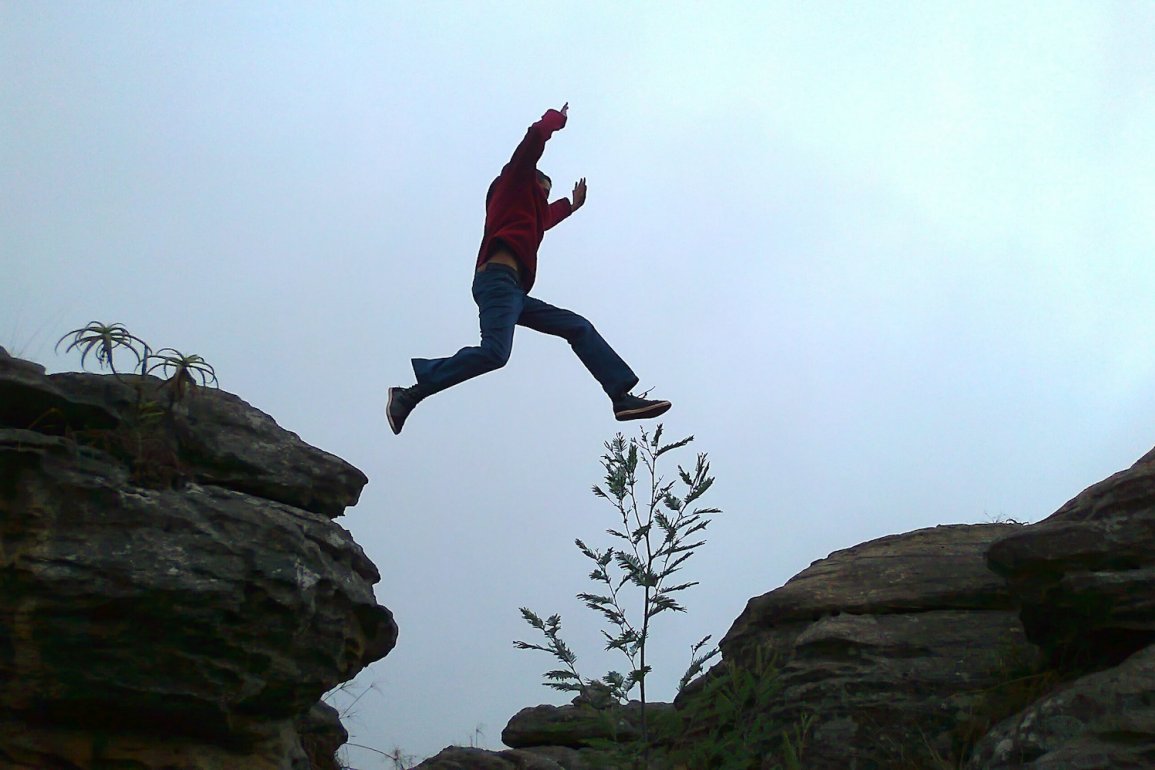
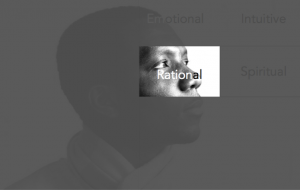
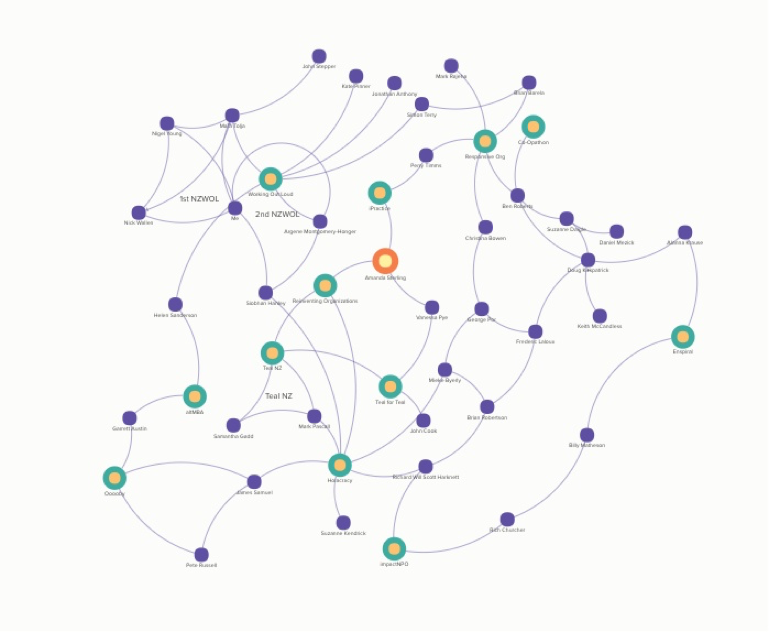
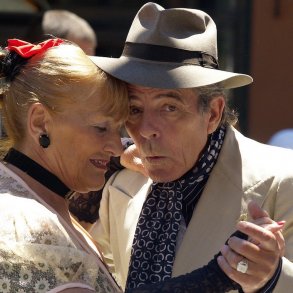
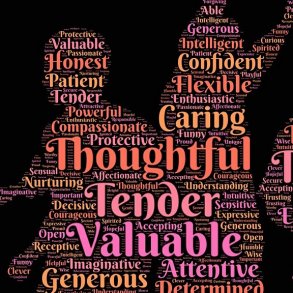
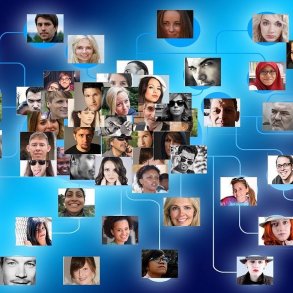
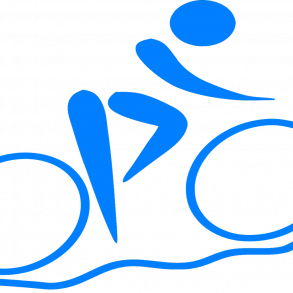
hi Susan,
You can find another description of community straddling here:
http://blogofcollectiveintelligence.com/2003/03/23/community_straddling/
You wrote:
> Are our current convening places, for example, Facebook or The Reinventing Organizations Discourse place meeting these needs, or do we need to be more explicit, more intentional?
What are the current, global-scale Teal convening places missing to become a PLC? Being more explicit about it could help your Call be better heard and responded to.
Thanks George – You raise a very salient point – I think what I feel is ‘missing’ could be better described as ‘what is still emergent’. It’s trite to say “we don’t know what we don’t know” but I sense that at this time – as these convening places start to manifest ‘action’ this will become clearer. A great example is the Teal for Startups group, where there is a clear call to action and an output, but as the title implies, there is a focus on a particular project. I’m interested to see what other think!
Susan, I much appreciate your wisdom of distinguishing what is ‘missing’ from ‘what is still emergent’. The first gives us a static view of what is happening, the second is dynamic one. I don’t think we lack action in the Teal field. There is growing number of organizations around the world are going Teal; Frederic’s book is getting translated to close 20 languages; Teal convening places are coming online and the meet-up groups multiplying off-line, where projects and friendships are forming; the RO wiki that’s a marvelous act of co-creation, keeps evolving thanks to the group of passionate volunteers working on it.
Last but not least, Enlivening Edge, a collective sensing organ of the Teal movement exists thanks to the myriad of small acts of its 50+ contributors, like yourself, and of the General Circle of the EE core team. While maintaining a focus on organizations going Teal, we expanded our horizon to support those working on the Teal-inspired transformation of such social systems as health, transportation, education, cities, etc. We also bring together Teal practitioners in a conference this year to make their work more visible to each other.
So what is that which we see “still emergent”? What I can see ‘still in the works’ is the recognition of the patterns that connect our many projects and leading, eventually, to the tipping point by spontaneous combustion .
My intention is that pursuing EE’s evolutionary purpose, “to amplify the collective wisdom and effectiveness of initiatives for reinventing organizations and social systems,” we bring our contribution to that combustion.
A condition for that, which has also been on my horizon for long time, is raising the movements collective consciousness by promoting the tools and processes for large-scale, collective self-relfection.
What is the ‘still emerging’ that you see? The ‘you’ in that question is ALL of you reading this comment, because piecing together our individual perceptions we may discover some of the larger action areas waiting for Teal collaboration.
What a feast of ideas and information about what is “emerging!”
I’d like to contribute a different angle. I’m not sure there is a “we” who needs something. This is a global-scale evolutionary wave composed of many wavelets who are both different from and similar to one another.
So there will be a huge variety of “convening” places, all of which draw people who resonate to their unique characteristics.
For me, the more relevant question than a big abstract What do WE need? is What do I need? And what needs am I hearing articulated around me?
And for some, a “professional learning community” might be it, for others, a very action-oriented group, or knowledge-gardening group, or whatever. Even within “professional learning community” I imagine there are different kinds serving different needs.
What I appreciate about you Susan, and some others, is that you sense what’s emerging, and what’s needed by you and others you are in communication with, and you forge new paths to foster that emergence.
Bottom line: I am not sure there are any generic “whose needs.” But there are plenty of “needs,” and what I pray for and support, are those with the courage to figure out ways to meet whatever needs they feel and perceive. On whatever scale! On a large enough scale, maybe there are movement-wide or global needs which something singular can address. Not sure.
I too am curious what others might think. I most certainly treasure the “professional learning communities” I have the good fortune to participate in! And to see those begin to network/meshwork is one of my dreams.
I am very excited to announce that the next step in this journey is being initiated by a 3 continent contingent NZ, North American and Europe. We are proposing to open space for co-designing a set of next steps to support the expansion and increased coherence of this global community as a Teal Organizations track at the Integral European Conference to activate this intention. Wish us bon chance!
You’re amazing Susan! Your capacity to sense and express the fledgling Teal movement’s need for higher coherence is spot on!
If your proposal get’s accepted I don’t only wish bon chance but plan to meet and support you at Conference. We at Enlivening Edge would also be happy to lend our pages to promote your ideas and the feedback you’re getting in more depth. (Don’t forget that the deadline for submitting abstracts to the conference is Jan 31st!)